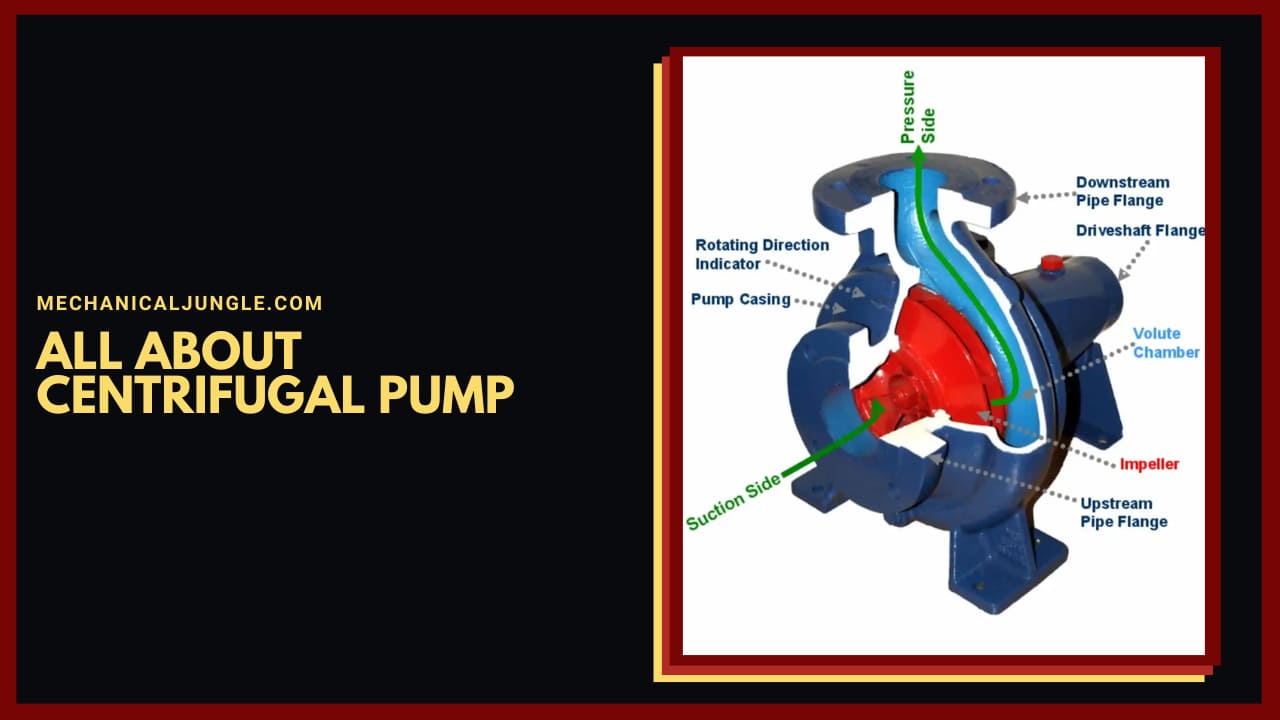
What Is Centrifugal Pump?
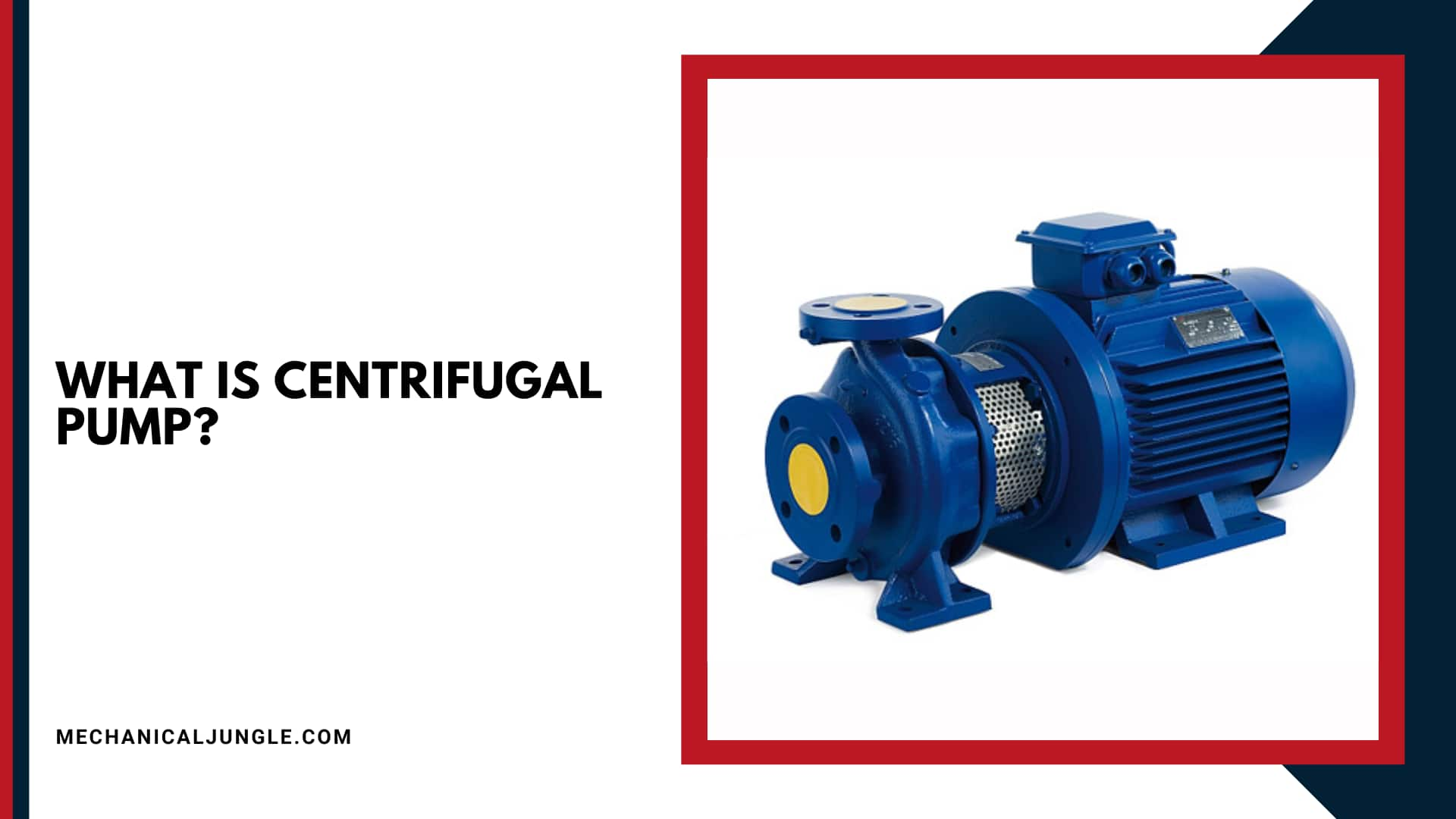
Centrifugal pumps are, by definition, pumps that can be used to handle large amounts of fluid to provide extremely highs flow rates, & they have the ability to regulate the flow of fluid rates over a wide range.
Generally, these pumps are designed for liquids that have a relatively low viscosity that transfers like light oil otherwise water. Some viscosity fluids at 680F -700F will require additional horsepower to operate centrifugal pumps.
Centrifugal pump components mainly consist of three parts such as an impeller, a casing, a foot valve, and a suction pipe by a sieve delivery pipe. A centrifugal pump uses rotation to pass velocity in the direction of the fluid.
Each centrifugal pump uses a hydraulic component like an impeller that passes through the velocity towards the pumped fluid.
This pump is mainly used to convert velocity to fluid flow. Each pump uses a hydraulic component like a casing that captures the velocity that is communicated by the impeller and directs the fluid pushed toward the pump expulsion end.
Centrifugal Pump Working Principle:
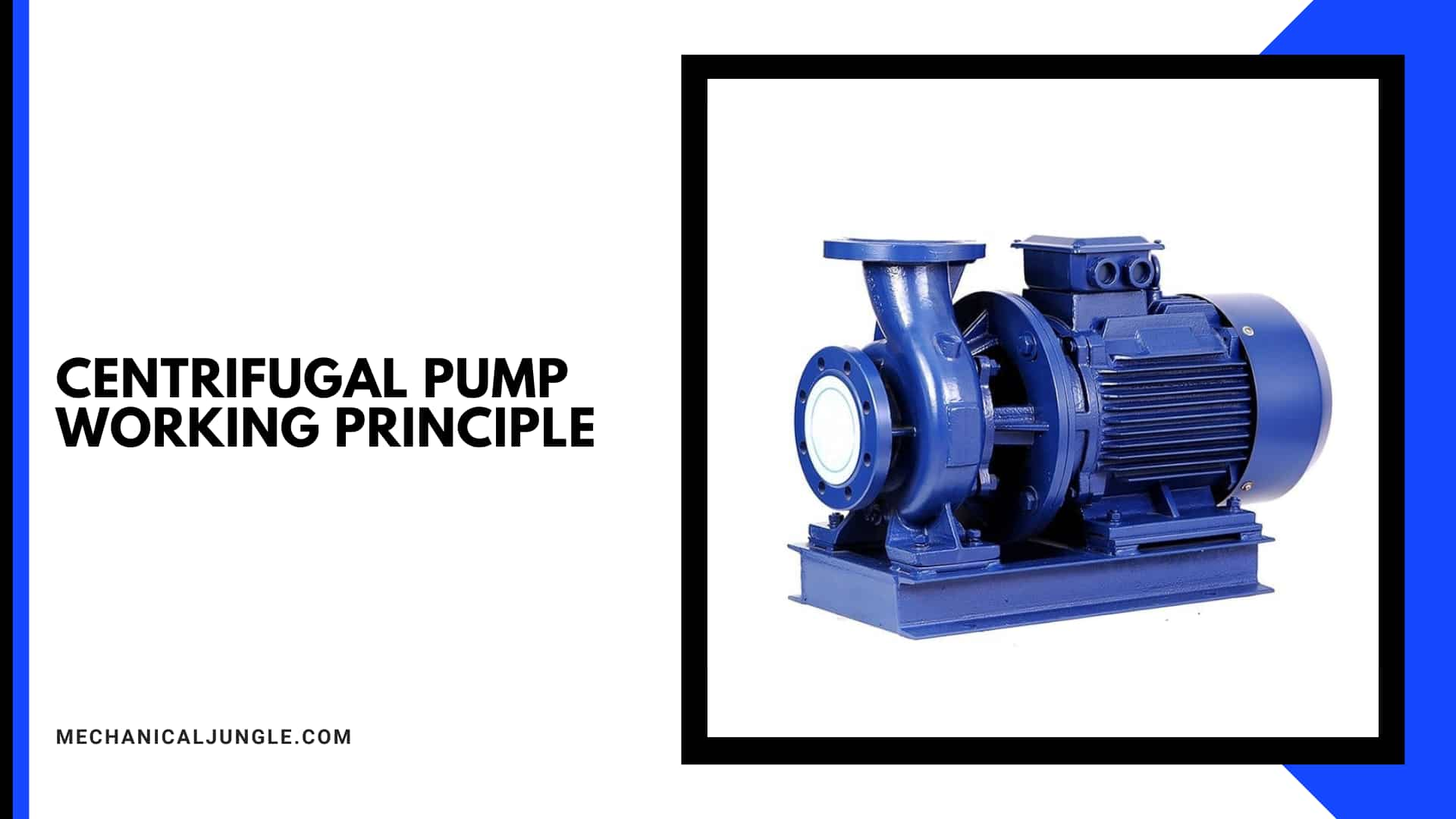
The working principle of centrifugal pump with diagram and the centrifugal pump principle mainly depends on the flow of the forced vortex, which means that whenever a certain accumulation of liquid or fluid is allowed to bend with external torque, the rotating fluid pressure head will increase.
Centrifugal pumps are hydraulically driven machines characterized by their ability to transmit energy to liquids (especially liquids) through fieldwork of centrifugal forces. Their main objective is to move the fluid through an increase in pressure.
Centrifugal pumps may have different structures, but their operating principle and fluid dynamic characteristics are always the same. As planned, centrifugal pumps are made of an impeller that rotates inside the casing.
The impeller consists of a series of blades, preferably of a radial design, which transmits kinetic energy to the fluid being pumped. The casing is equipped with a suction and discharge nozzle for the fluid being pumped.
The suction nozzle has an axis that corresponds to the rotational axis of the impeller, while the discharge nozzle has a normal axis to the impeller axis but still lies on the plane passing through the axis.
Working of Centrifugal Pump:
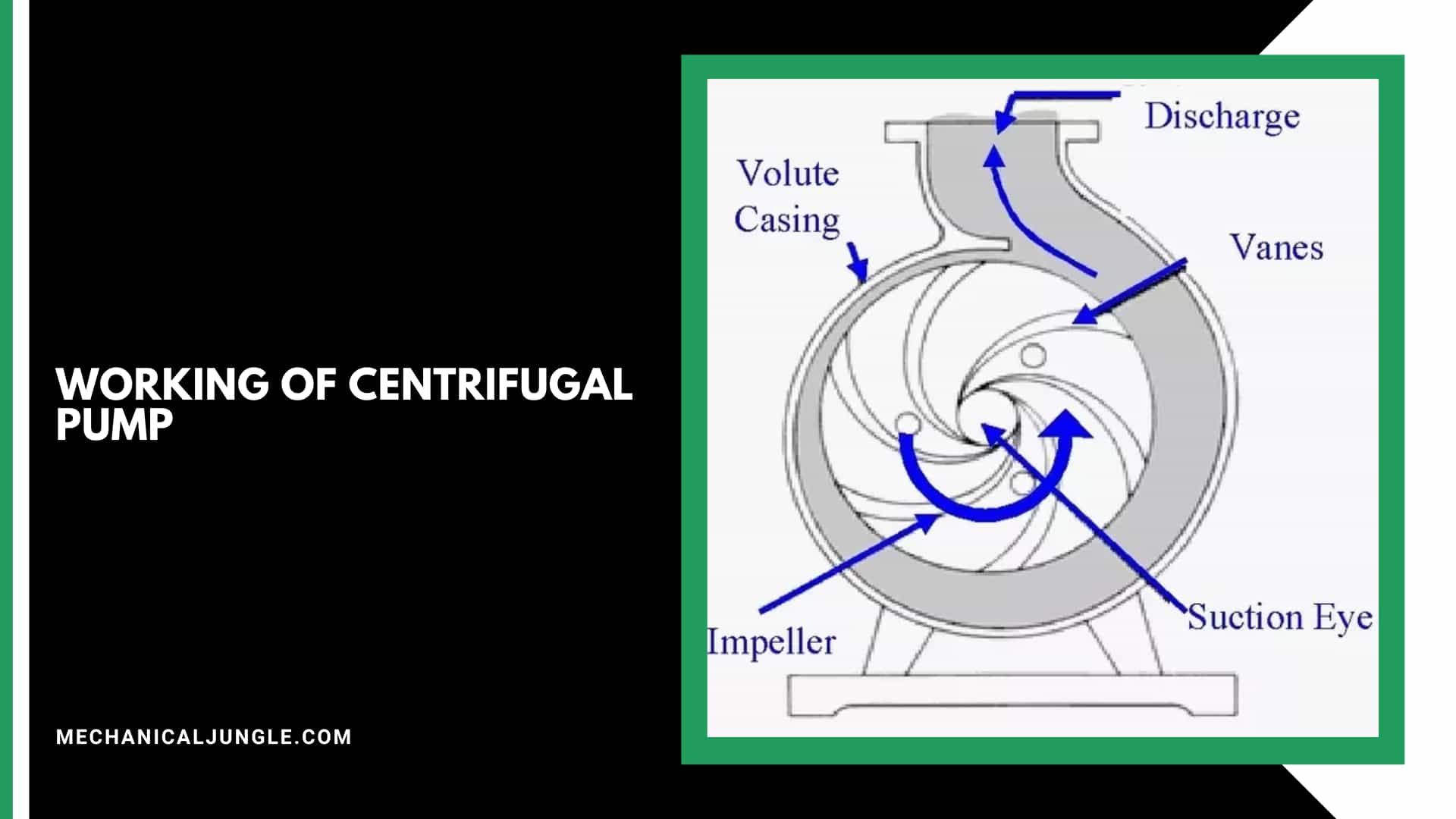
To explain the working of centrifugal pump, as the electric motors start rotating, it also rotates the impeller. The rotation of the impeller creates suction on the suction pipe. Due to suction, water from the cesspool enters the casing through the eye of the impeller.
From the eye of the impellers, due to the centrifugal force acting on the water, the water starts moving radially outward and outward. Since the impeller is moving at a high velocity, it also rotates the water around it in the mantle.
The area of the casing increases slowly in the direction of rotation, so as the water velocity decreases and the pressure increases, the pressure at the outlet of the pump is maximized.
Now from the outlet of the pump, the water goes through the delivery pipe to its intended location. Let us understand in detail how centrifugal pumps work. Centrifugal pumps, based on the centrifugal pump theory, are used to induce flow or to increase the liquid from low level to high level.
These pumps operate on a very simple system. A centrifugal pump converts rotational energy, often from a motor, into energy in a moving fluid.
The two main parts responsible for the conversion of energy are the impeller and the casing. The impeller is the rotating parts of the pumps, and the casing is the airtight path that surrounds the impeller.
In a centrifugal pump, the fluid enters the casing, falls on the impeller blade at the eye of the impeller, and rotates outward tangentially and radially until it leaves the impeller in the diffuser part of the casing.
When passing through the impeller, the fluid is receiving both velocity and pressure. The following main factors affect the performance of a centrifugal pump and should be considered when selecting a centrifugal pump:
1. Working Fluid Viscosity
It can be defined as the resistance to shear when energy is applied. In general, centrifugal pumps are suitable for low viscosity fluids because the pumping action produces high liquid shear.
2. Net Positive Suction Heads (NPSH) and Cavitation
NPSH is a term that refers to pressures of fluid on the suction side of pumps to determine whether the pressures are high enough to avoid cavitations.
Cavitation refers to the formations of bubbles or cavities in a liquid, which develops in areas of relatively low pressures around an impeller & can cause serious damage to the impeller and decrease flow/pressure rates, among other things. Can.
One must ensure that the system net positive suctions heads available (NPSHA) are higher than the pump’s net positive suction head (NPSHR) with a reasonable safety margin.
3. Vapor Pressure of Working Fluid
The vapor pressure of fluids is the pressure at which a liquid will turn into vapor at a given temperature. It should be prescribed to avoid cavitation as well as bear the damage caused by dry running when the fluid evaporates.
4. Specific Density & Gravity of Working Fluid
The density of fluids is its mass per unit volume. The mass per unit volume of the fluid and the gravity of the fluid is the ratio of the density of the fluid to the density of the water.
This directly affects the input power required to pump a particulars liquid. If you are working with fluids other than water, it is important to consider specific density and gravity because the weight will have a direct effect on the amount of work done by the pump.
5. Operating Temperature and Pressure
Pumping conditions such as temperature and pressure are an important consideration for any operations.
For example – high-temperature pumping may require specials gaskets, seals, & mounting designs. Similarly, high-pressure conditions may require an adequately designed pressure retaining casing.
Advantages of Centrifugal Pumps:
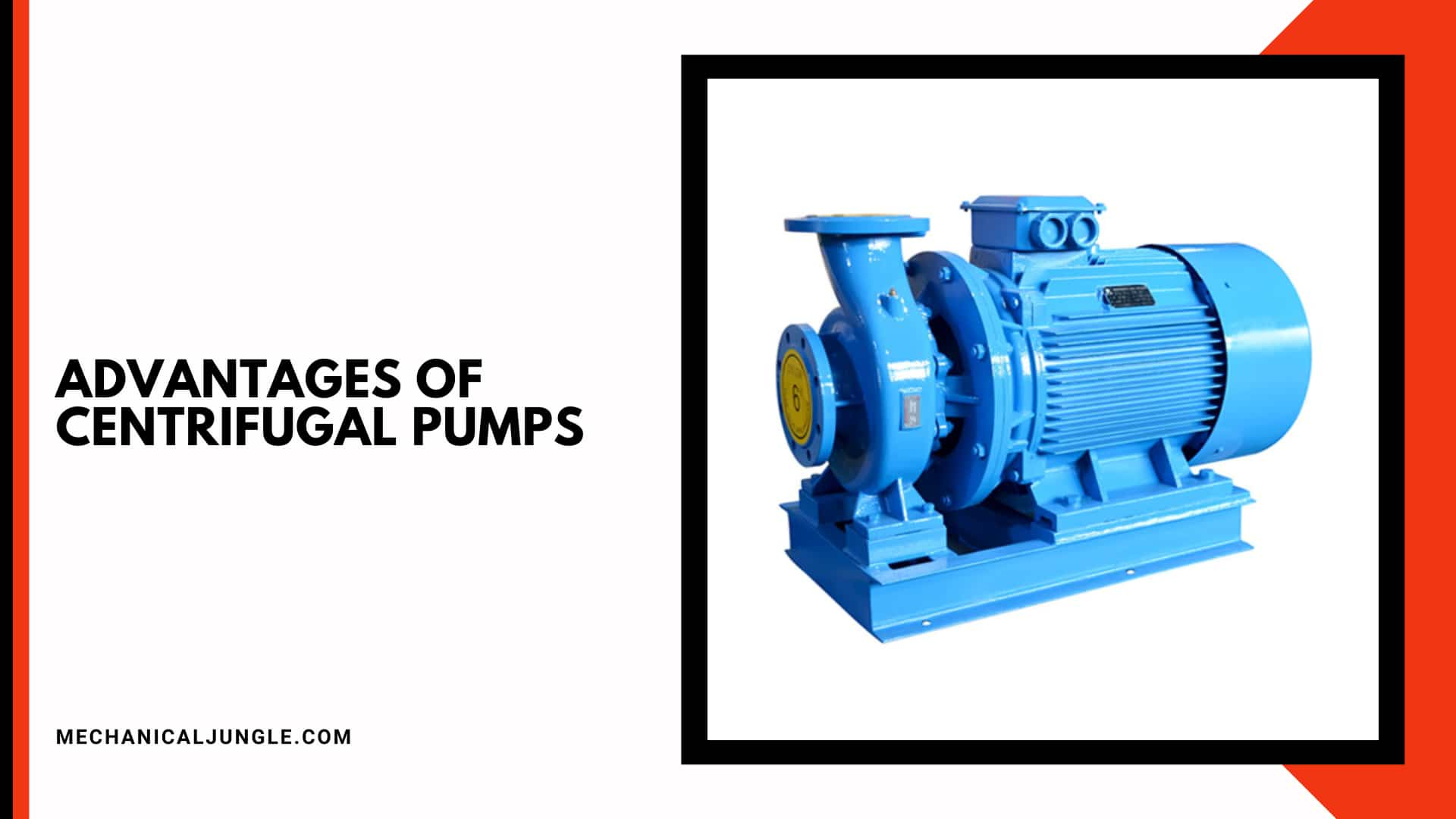
Advantages of centrifugal pumps include the following.
- These pumps do not include drive seals which reduce the risk of leakage.
- These pumps are used for flushing out harmful and hazardous liquids.
- These pumps have a magnetic coupling that can only be damaged in overload conditions and at the same time protects the pump from external forces.
- The motor and pump are separate from each other, so heat transfer from the motor to the pump is impossible.
- These pumps generate less friction.
Disadvantages of Centrifugal Pumps:
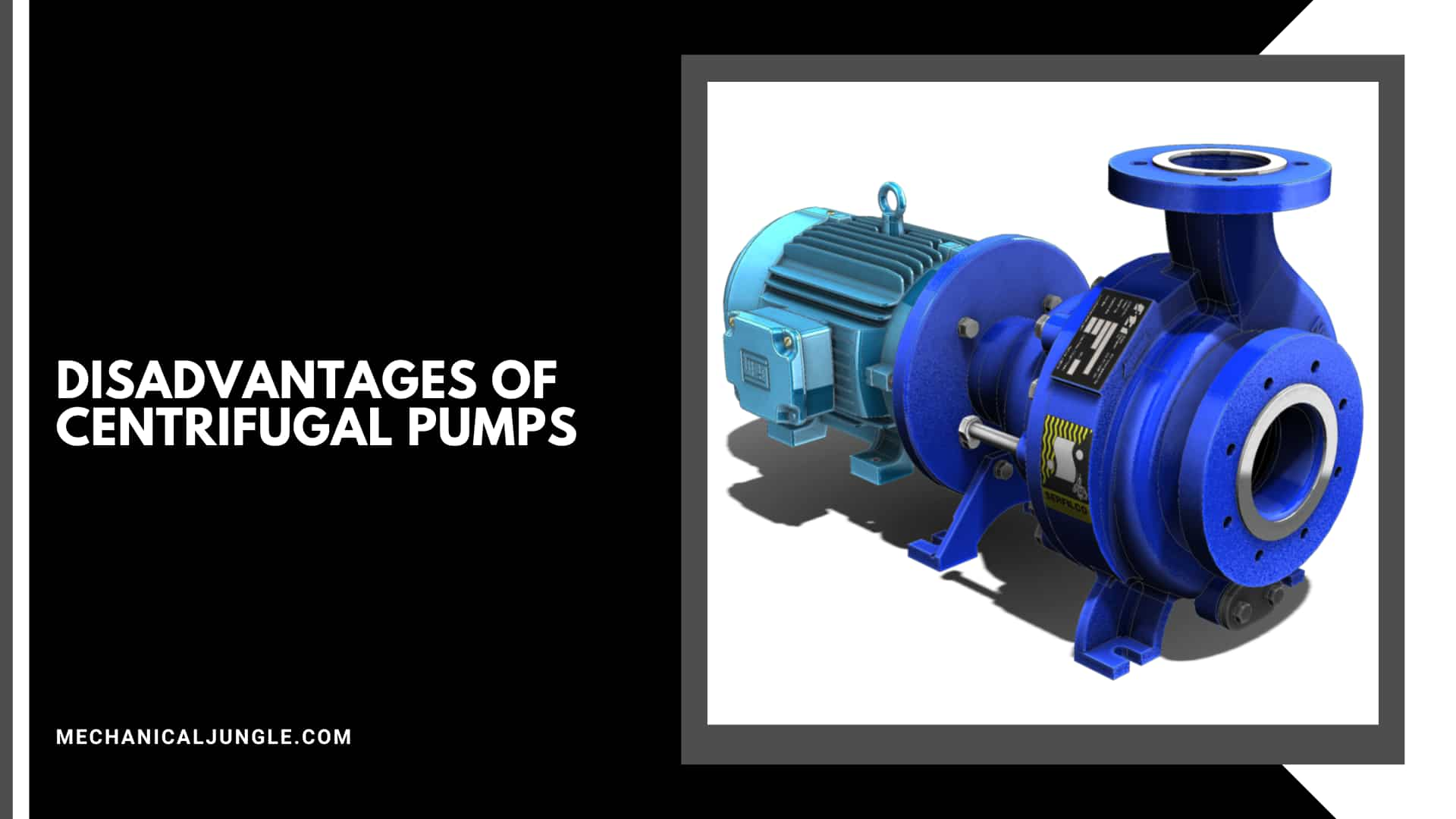
Disadvantages of centrifugal pumps include the following.
- Energy losses may occur due to coupling that produces some magnetic resistance.
- Once there is a high load, there is a possibility of the coupling falling.
- If the fluid containing iron particles is pumped out, corrosion occurs, and the pump stops working over time.
- When the flow of liquid through the pump is low, overheating can occur.
Applications of Centrifugal Pumps:

Applications of the Centrifugal pump include the following.
- These pumps are used in the oil & energy industries to pump oil, soil, slurry, and power generation plants.
- These pumps are used in industrial & fire protection for ventilation and heating, boiler feed,
- pressure boosting, fire safety sprinkler systems, and air conditioning.
- These pumps are used in the manufacture of waste management, agricultural and wastewater processing plants, gas processing, irrigation, drainage, municipal industry, and overflow protection.
- These pumps are used in the food, chemical, and pharmaceutical industries for hydrocarbons, paints, cellulose, petrochemical, beverage production, sugar refining, and food.
FAQ: Centrifugal Pumps
What Is a Centrifugal Pump?
A centrifugal pump is a type of pump that uses rotational energy, typically from a motor, to move fluids by converting this energy into hydrodynamic energy of fluid flow.
What Are the Main Components of a Centrifugal Pump?
The main components include the impeller, casing, foot valve, suction pipe, and delivery pipe.
How Does a Centrifugal Pump Work?
Centrifugal pumps operate based on the principle of forced vortex flow. As the impeller rotates, it creates a suction effect, drawing fluid into the pump. The fluid is then accelerated by the impeller and directed outward, increasing its velocity and pressure before being expelled through the discharge nozzle.
What Types of Fluids Are Suitable for Centrifugal Pumps?
Centrifugal pumps are generally used for low-viscosity fluids, such as water or light oils. High-viscosity fluids may require additional horsepower to pump effectively.
What Is the Importance of the Impeller in a Centrifugal Pump?
The impeller is crucial as it transfers kinetic energy to the fluid, increasing its velocity and pressure as it moves through the pump.
What Factors Affect the Performance of a Centrifugal Pump?
Key factors include the viscosity of the working fluid, net positive suction head (NPSH) and cavitation, vapor pressure of the fluid, specific density and gravity of the fluid, and operating temperature and pressure.
What Is Cavitation and How Does It Impact Centrifugal Pumps?
Cavitation occurs when vapor bubbles form in the fluid due to low pressure, which can cause damage to the impeller and reduce the pump’s efficiency. Ensuring adequate NPSH can help prevent cavitation.
What Are the Advantages of Using a Centrifugal Pump?
Advantages include reduced leakage risk due to the absence of drive seals, suitability for hazardous liquids, protection against external forces via magnetic coupling, separation of motor and pump to prevent heat transfer, and reduced friction generation.
What Are the Disadvantages of Centrifugal Pumps?
Disadvantages include potential energy losses due to magnetic resistance in the coupling, risk of coupling failure under high load, corrosion issues with iron particle-containing fluids, and overheating at low flow rates.
In Which Industries Are Centrifugal Pumps Commonly Used?
Centrifugal pumps are widely used in the oil and energy industries, industrial and fire protection systems, waste management, agricultural and wastewater processing plants, food, chemical, and pharmaceutical industries, and many more.
How Does Operating Temperature and Pressure Affect Centrifugal Pumps?
High temperatures may require special gaskets, seals, and mounting designs, while high-pressure conditions necessitate a robust pressure-retaining casing to ensure safe and efficient operation.
What Should Be Considered When Selecting a Centrifugal Pump for a Specific Application?
Consider the viscosity, vapor pressure, specific density and gravity of the fluid, as well as the operating temperature and pressure conditions to ensure the pump meets the required performance and durability standards.

